Camera Strap Can Hold?
When it comes to photography, the camera strap is often an overlooked accessory. However, its importance cannot be overstated. A good camera strap not only provides comfort and security but also enhances the overall shooting experience. In this article, we will delve into the various aspects of camera straps, focusing on their capacity to hold different types of cameras and accessories, their ergonomic benefits, and the materials used in their construction. By the end of this article, you will have a comprehensive understanding of what to look for in a camera strap and how to choose one that best suits your needs.
Understanding Camera Strap Capacity
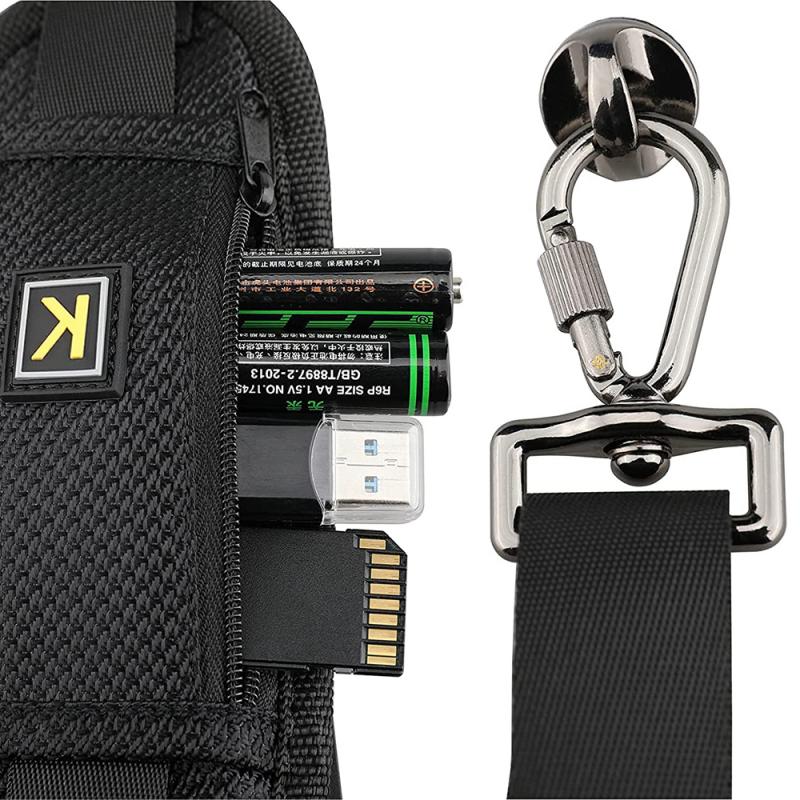
One of the primary considerations when choosing a camera strap is its capacity to hold your camera and any additional accessories. Camera straps come in various designs and strengths, each suited for different types of cameras and usage scenarios.
Types of Cameras
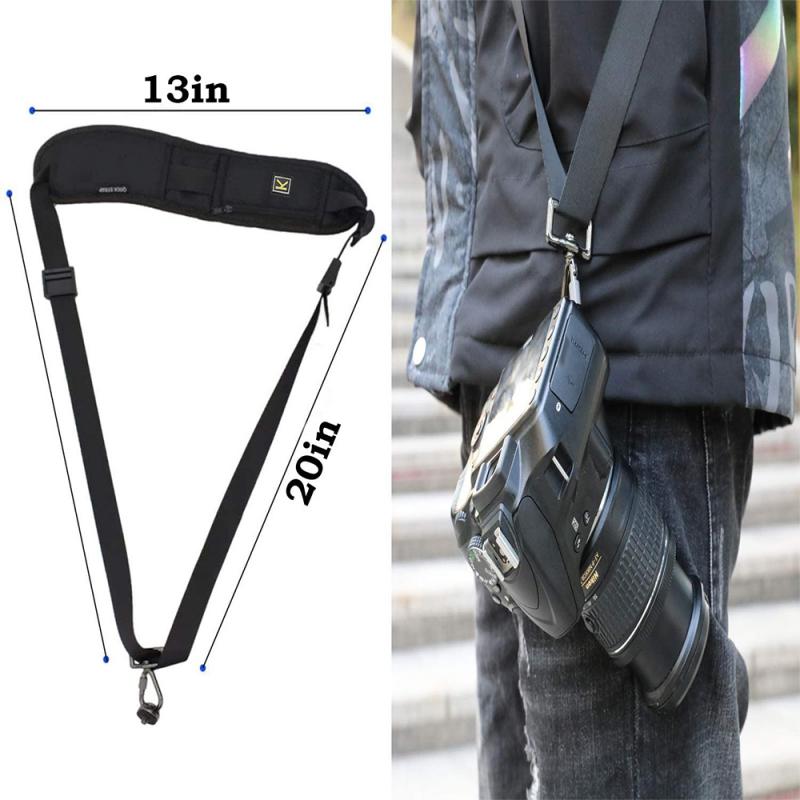
1. Compact Cameras: These are lightweight and small, making them easy to carry. A simple neck or wrist strap is usually sufficient for these types of cameras.
2. Mirrorless Cameras: Slightly heavier than compact cameras, mirrorless cameras require a more robust strap. A padded neck strap or a cross-body strap can provide the necessary support.
3. DSLR Cameras: These are heavier and bulkier, often requiring a strap that can distribute the weight evenly across your shoulders and neck. A cross-body strap or a harness system is ideal for these cameras.
4. Professional Cameras: These include high-end DSLRs and medium-format cameras, which are significantly heavier. A harness system or a dual-camera strap is recommended to manage the weight effectively.
Additional Accessories
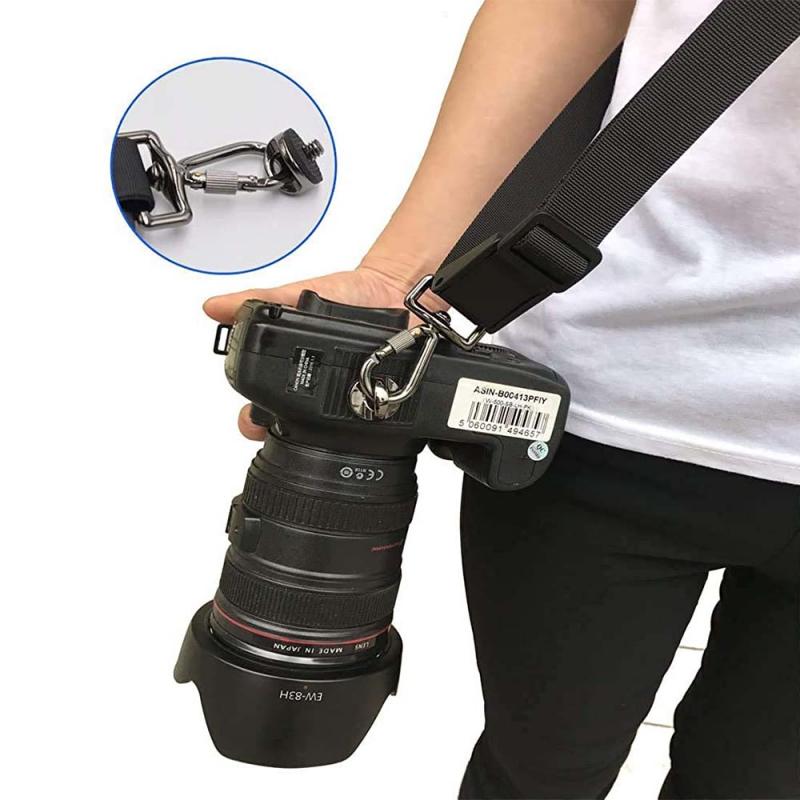
Many photographers carry additional accessories such as extra lenses, battery packs, and external flashes. Some camera straps come with built-in pockets or attachment points for these accessories, making it easier to carry everything you need.
Ergonomic Benefits
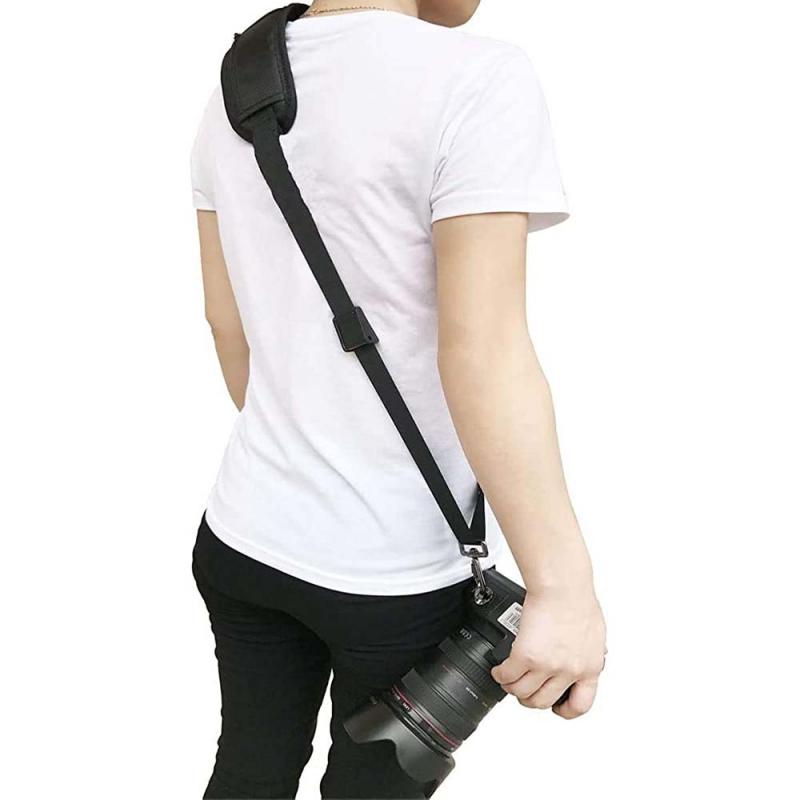
A well-designed camera strap can significantly reduce the physical strain associated with carrying a camera for extended periods. Here are some ergonomic features to look for:
1. Padding: Straps with adequate padding can distribute the weight more evenly, reducing strain on your neck and shoulders.
2. Adjustability: Adjustable straps allow you to customize the fit, ensuring that the camera sits at a comfortable height.
3. Weight Distribution: Cross-body straps and harness systems are designed to distribute the weight across your body, making it easier to carry heavier cameras.
4. Quick-Release Mechanism: Some straps come with a quick-release mechanism, allowing you to detach the camera quickly without removing the entire strap.
Materials Used
The material of the camera strap plays a crucial role in its durability and comfort. Here are some common materials used in camera straps:
1. Nylon: Durable and lightweight, nylon straps are a popular choice for many photographers. They are also relatively inexpensive.
2. Leather: Leather straps are known for their durability and classic look. However, they can be heavier and more expensive than nylon straps.
3. Neoprene: This material is known for its cushioning properties, making it an excellent choice for padded straps.
4. Cotton: Cotton straps are comfortable and breathable, but they may not be as durable as nylon or leather straps.
Choosing the Right Camera Strap
Now that we have covered the basics, let's discuss how to choose the right camera strap for your needs. Here are some factors to consider:
1. Type of Camera: As mentioned earlier, the type of camera you use will significantly influence your choice of strap. Make sure to choose a strap that can comfortably support the weight of your camera.
2. Shooting Style: Your shooting style also plays a role in determining the best strap for you. For example, if you often shoot in crowded places, a wrist strap might be more convenient. On the other hand, if you frequently go on long hikes, a harness system would be more suitable.
3. Comfort: Comfort is paramount when choosing a camera strap. Look for features like padding, adjustability, and weight distribution to ensure that the strap is comfortable to wear for extended periods.
4. Durability: The strap should be made of durable materials that can withstand the rigors of regular use. Check for reinforced stitching and high-quality buckles to ensure longevity.
5. Aesthetics: While functionality is crucial, aesthetics also matter. Choose a strap that complements your style and the look of your camera.
Popular Camera Strap Brands
Several brands are known for their high-quality camera straps. Here are a few that you might want to consider:
1. Peak Design: Known for their innovative designs and high-quality materials, Peak Design offers a range of camera straps that cater to different needs.
2. BlackRapid: Specializing in cross-body straps, BlackRapid is a favorite among professional photographers who need to carry heavy cameras for extended periods.
3. OP/TECH USA: Offering a variety of padded straps, OP/TECH USA is known for their comfortable and durable designs.
4. HoldFast Gear: If you're looking for a stylish leather strap, HoldFast Gear offers a range of high-quality options that combine functionality with aesthetics.
A camera strap is more than just an accessory; it is an essential tool that can significantly enhance your photography experience. By understanding the different types of camera straps, their capacity to hold various cameras and accessories, and the ergonomic benefits they offer, you can make an informed decision when choosing the right strap for your needs. Remember to consider factors such as the type of camera you use, your shooting style, comfort, durability, and aesthetics. With the right camera strap, you can focus on capturing stunning images without worrying about the physical strain of carrying your camera.


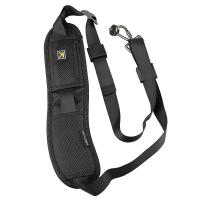
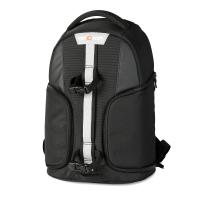
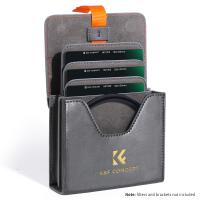
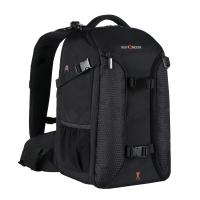
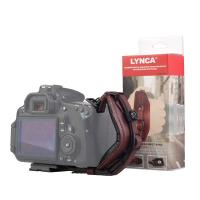
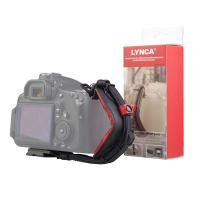
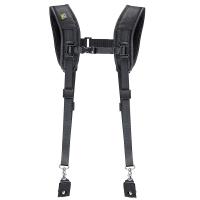
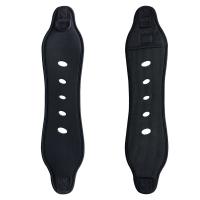
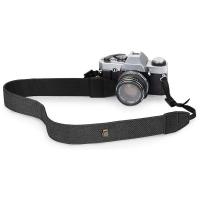
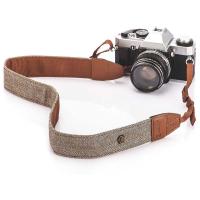



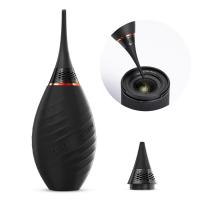


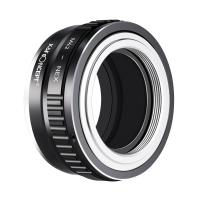


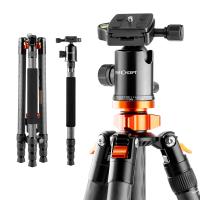
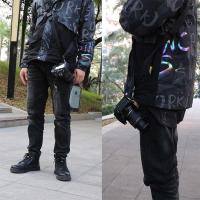
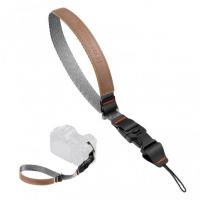

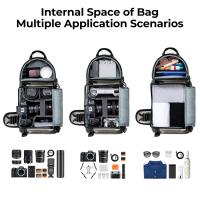


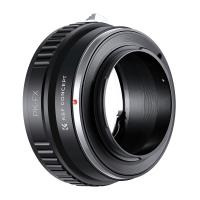

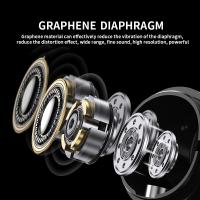




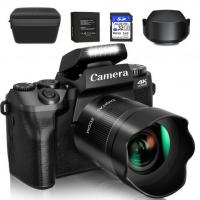

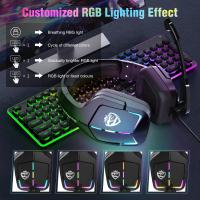
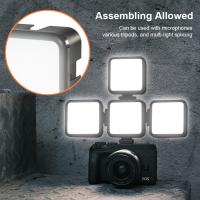
There are no comments for this blog.